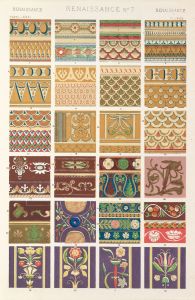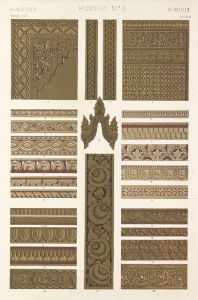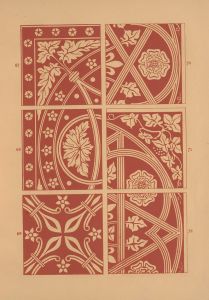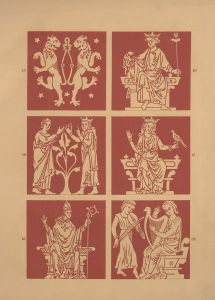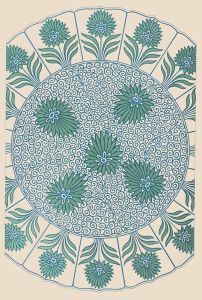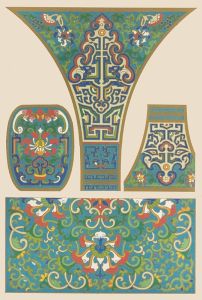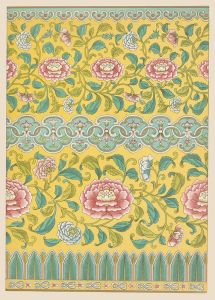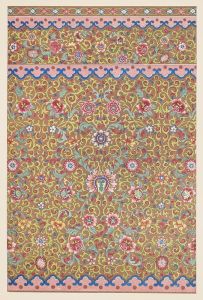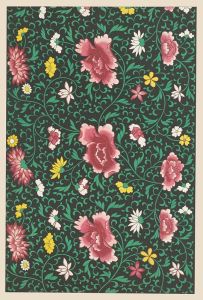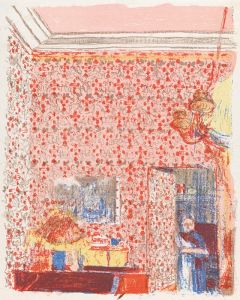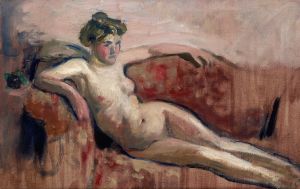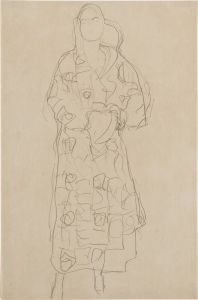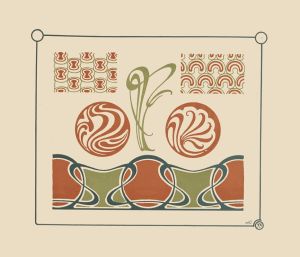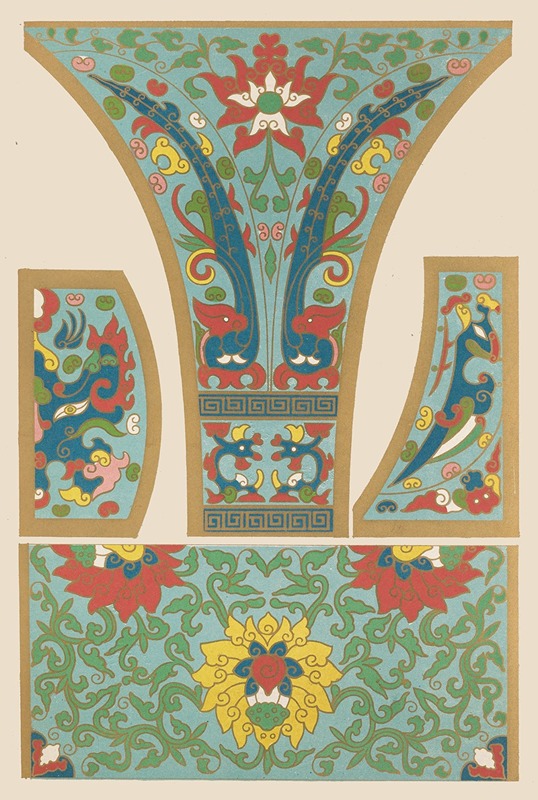
Examples of Chinese ornament, Pl.27
A hand-painted replica of Owen Jones’s masterpiece Examples of Chinese ornament, Pl.27, meticulously crafted by professional artists to capture the true essence of the original. Each piece is created with museum-quality canvas and rare mineral pigments, carefully painted by experienced artists with delicate brushstrokes and rich, layered colors to perfectly recreate the texture of the original artwork. Unlike machine-printed reproductions, this hand-painted version brings the painting to life, infused with the artist’s emotions and skill in every stroke. Whether for personal collection or home decoration, it instantly elevates the artistic atmosphere of any space.
"Examples of Chinese Ornament, Pl.27" is a plate from the influential design book "The Grammar of Ornament," authored by Owen Jones. Published in 1856, this comprehensive work is a seminal reference in the field of design and ornamentation, showcasing a wide array of decorative styles from various cultures around the world. Owen Jones, a British architect and designer, was a pivotal figure in the 19th-century design reform movement, advocating for the integration of historical styles into contemporary design practices.
"The Grammar of Ornament" consists of 100 color plates, each illustrating a different style or theme of ornamentation. Plate 27 specifically focuses on Chinese ornamentation, reflecting Jones's interest in the rich and diverse artistic traditions of China. This plate is part of a broader section dedicated to Asian designs, which also includes Indian, Persian, and other Oriental motifs.
Jones's work was groundbreaking for its time, as it was one of the first to systematically categorize and present decorative arts from non-Western cultures to a European audience. His approach was both educational and inspirational, aiming to provide designers with a visual vocabulary that could be adapted and incorporated into modern design. The illustrations in "The Grammar of Ornament" were meticulously crafted, using chromolithography, a relatively new printing technique at the time, which allowed for vibrant and precise color reproduction.
Plate 27 showcases a variety of Chinese decorative elements, including intricate patterns, floral motifs, and geometric designs. These elements are characteristic of traditional Chinese art, which often emphasizes harmony, balance, and symmetry. The designs may include representations of natural elements such as flowers, leaves, and waves, which are common in Chinese decorative arts and often carry symbolic meanings.
Jones's depiction of Chinese ornamentation reflects the Victorian era's fascination with the exotic and the "Oriental." During this period, there was a growing interest in Asian art and culture, partly due to increased trade and contact between Europe and Asia. This interest was also fueled by international exhibitions, such as the Great Exhibition of 1851 in London, where Asian art and artifacts were prominently displayed.
While "The Grammar of Ornament" was primarily intended as a design resource, it also played a role in shaping Western perceptions of non-Western art. Jones's work contributed to a greater appreciation and understanding of the complexity and beauty of Chinese decorative arts, although it also reflected the Eurocentric attitudes of the time, which often viewed non-European cultures through a lens of exoticism.
In summary, "Examples of Chinese Ornament, Pl.27" by Owen Jones is a significant representation of Chinese decorative art within the context of 19th-century design literature. It highlights the intricate and symbolic nature of Chinese ornamentation and serves as a testament to Owen Jones's efforts to broaden the horizons of Western design by incorporating diverse cultural influences.





